Learn about licorice root and licorice root benefits for skin from a dermatologist. Plus five non-toxic skincare products that contain licorice root as an active ingredient.
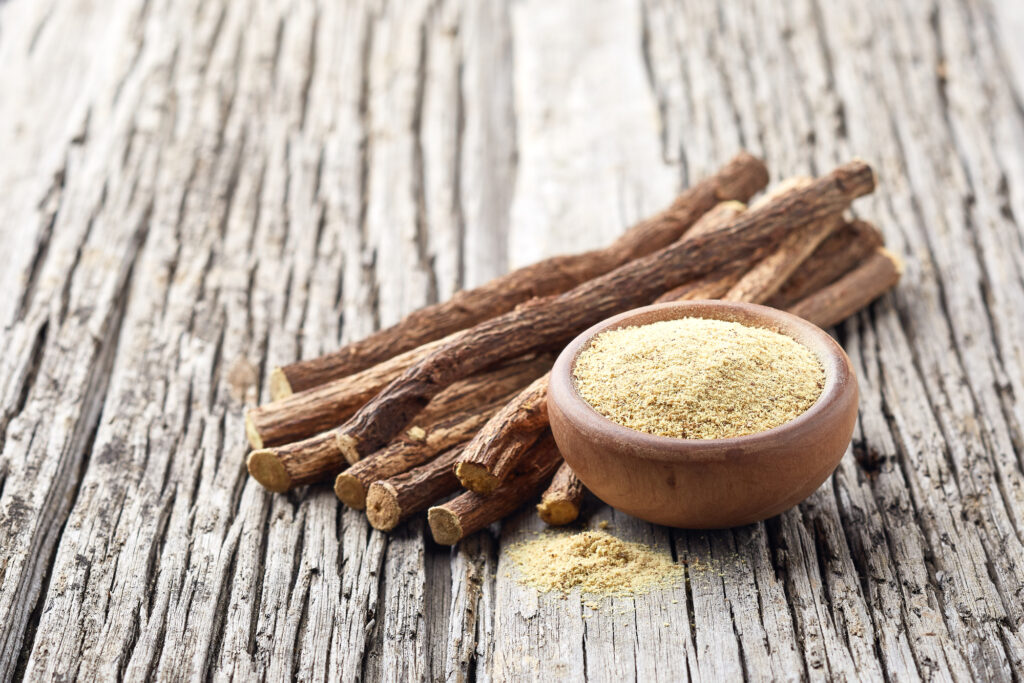
Licorice root extract is derived from the plant Glycyrrhiza glabra, which originated in southern Europe, Russia, western Asia, and the Middle East. Its medicinal use dates back thousands of years.
The root of the licorice plant is one of the oldest and most popular herbs used in traditional Chinese medicine because of its many skin and health benefits. It contains over 300 different helpful compounds. Licorice has antioxidant, anti-inflammatory, antiallergic, and antimicrobial properties.
Licorice can be ingested orally or applied topically to see the licorice root benefits for skin.
Disclaimer: This post includes affiliate links, and we will earn a commission if you purchase through these links. Please note that We’ve linked to these products purely because we recommend them, and they are from companies we trust. There is no additional cost to you.
How to get licorice root benefits for skin
Topical licorice has been used to treat many skin conditions over the centuries. It is a common ingredient in various skin care products, like topical gels or creams.
Licorice is even safe to use on sensitive skin. It is a must-have for every skin type and in every skincare routine. It may be combined with other medications to treat skin conditions.
Top 4 licorice root benefits for skin
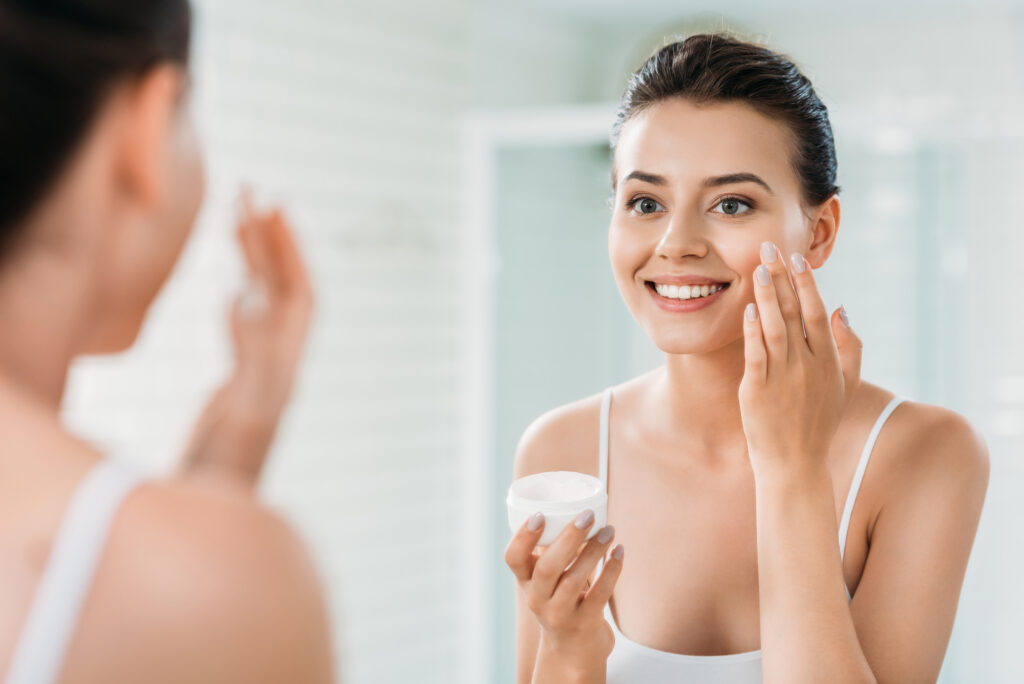
Antioxidants
Licorice has powerful antioxidant properties, like Vitamin C, that protect your skin from sun damage. Antioxidants scavenge up free radicals produced from sun exposure. Left untreated, free radicals destroy your collagen, which leads to wrinkles, and damage your DNA, which causes skin cancers.
Treats skin conditions
Because of its anti-inflammatory properties, licorice treats many skin conditions, such as atopic dermatitis, psoriasis, and seborrheic dermatitis. Licorice is full of triterpenes and flavonoids responsible for its anti-inflammatory properties. It also helps relieve itchy, irritated skin and allergic reactions. Many creams contain a combination of licorice and other soothing natural ingredients, like aloe vera.
Treats hyperpigmentation
Licorice treats hyperpigmentation, like sun spots (age spots) and melasma. It contains two flavonoids, glabridin and liquiritin, which inhibit the production of tyrosinase. The enzyme tyrosinase is in charge of melanin production by skin cells called melanocytes. Creams that treat hyperpigmentation combine several pigment-fighting ingredients, like licorice, Vitamin C, kojic acid, and hydroquinone, to improve the look of dark spots and uneven skin tone.
Treats acne and rosacea
Licorice has shown significant improvements in acne and rosacea patients. It has anti-inflammatory and anti-bacterial properties, which help treat pimples. Also, it can decrease oil production to treat oily skin and help prevent acne and give your skin a matte appearance. It may be combined with other ingredients to help with acne, such as retinoids.
Are there any side effects to topical licorice?
There are very few side effects to using topical licorice. It may irritate when combined with other topicals, like retinoids or glycolic acid. If you are concerned or have a history of sensitive skin, always try it on a test spot first to see how your skin will react.
Who should not use topical licorice?
Anyone should be able to tolerate licorice, even people with sensitive skin. If you are concerned, you can always try a test spot first. If you have reacted to licorice before, do not use it again. You can always consult with your doctor before trying it.
If you struggle with any hormone related issues, such as endometriosis, fertility issues, uterine fibroids, etc., you may not want to use licorice, as it can mimic estrogen. While it’s a natural product, it is considered an endocrine disruptor and should be used sparingly.
If you’re looking for plant-based skincare without any endocrine disruptors, including all natural ones, see our review of Hugh and Grace products.

What non-toxic skincare products contain licorice root?
There are a selection of skincare products from AILLEA that include licorice root and have clean, non-toxic ingredients.
Josh Rosebrook Advanced Hydration Mask, $40-70: Designed for normal, dry and sensitive skin, this is a plant-based mask that contains mostly organic ingredients, including certified organic licorice. Apply to clean face and leave on for at least 25 minutes, or overnight.
Maya Chia the Optimist Hydrating Essence, $58: A mist designed to use before applying face cream/serum and designed to help hydrate skin. This mist contains licorice root and aloe to infuse moisture into the skin.
Kypris Beauty Elixir II – Balancing Flowers,$90-210: Designed for all skin types, this plant based oil includes ingredients to help even skin tone, moisturize, calm irritation and includes essential oils specifically for aromatherapy for each chakra.
Tata Harper Superkind Bio-Barrier Serum,$146: This anti aging serum is loaded with natural ingredients, including licorice root, that help soothe, plump and hydrate the skin. Made with 100% natural ingredients and can be used morning and night. Apply to clean face. Can be used under moisturizer or by itself.
Free + True Bright Side Vitamin C Serum, $72: This serum is designed to be used on a clean face, prior to your moisturizer, twice per day. In addition to licorice root, it includes niacinamide and mulberry extract to help even skin tone and help with irritation and inflammation.
What other health benefits can you get from oral licorice?
Licorice root extract is also available in teas, chewable tablets, candies, powders, liquid, and capsule forms. Many make homemade licorice root tea from crushed root powder.
Oral licorice is most well-known as candy and a sweetener. In fact, it is 50 times sweeter than sugar. But its benefits extend beyond sweetening. For centuries, licorice extract has been used as a natural alternative to treat numerous lung, stomach, and liver conditions. It is frequently used in combination with other medications to treat these conditions.
- Asthma – Licorice inhibits inflammation, infection, and allergic responses that cause asthma.
- Cough – Since licorice inhibits inflammation and acts as an expectorant, it can help relieve coughing.
- Bronchitis – Licorice’s anti-inflammatory properties ease the symptoms of bronchitis while its antibacterial properties kill the bacteria.
- Viral hepatitis and other viral infections – Licorice inhibits viral replication. Viral replication is a process that allows the hepatitis virus and infection to spread. Licorice may also help in HIV and HSV infections.
- Bacterial infections – Licorice slows down bacterial growth. It may help treat Strep and Staph infections.
- Yeast infections – Licorice inhibits the growth of Candida.
- Gastritis – Because licorice suppresses the hormone gastrin, it relieves the inflammation of the stomach.
- Gastric ulcers – Licorice suppresses gastrin which causes ulcer formation.
- Mucositis (ulcers causing sore throat and mouth pain) from chemotherapy and radiation – Licorice helps by decreasing inflammation to heal the ulcers.
- Preventing and treating cancer (liver, GI, prostate, bladder, lung, oral, and particular types of breast cancers) – Licorice causes the death of cancer cells. It can also protect against carcinogen-induced DNA damage that leads to cancers.
- Menopausal symptoms of hot flashes – Menopause causes a decrease in estrogen, which causes many symptoms. Licorice contains compounds (glabridin and glabrene) that mimic estrogen to ease these symptoms.
- Menstrual cramps – Licorice has antispasmodic properties to ease cramping.
- Obesity – The flavonoids in licorice can help reduce fat deposits and regulate metabolism.
- Osteoporosis – Licorice can inhibit bone cell destruction and help prevent the bone loss associated with osteoporosis.
- Parkinson’s disease – Licorice has a neuroprotective effect to help alleviate the symptoms.
- Diabetes mellitus – The flavonoids in licorice regulate glucose levels.
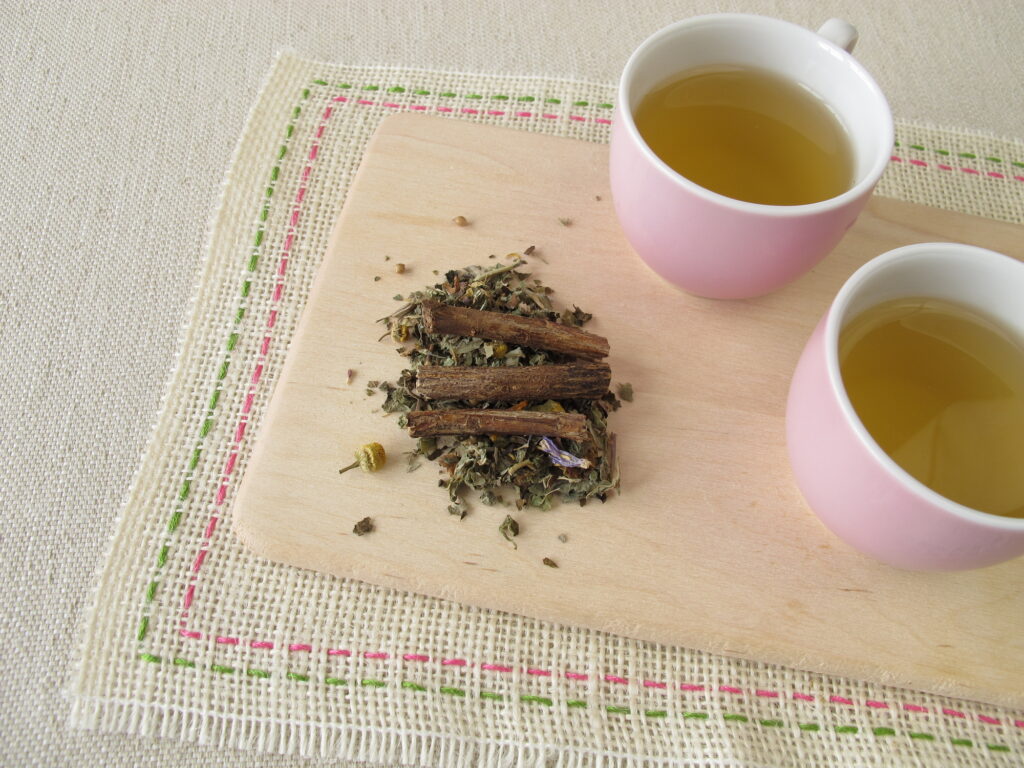
Are they any side effects to ingesting licorice?
Excess consumption of licorice can cause severe medical problems. The active compound, Glycyrrhizic acid, in licorice can cause hypokalemia (low potassium levels) and high blood pressure, which may lead to deadly cardiac events. It can also result in rhabdomyolysis (breakdown of muscle tissue), which leads to kidney failure.
Who should not consume licorice?
While taken in proper doses, licorice has health benefits, but people with particular health conditions should not consume any licorice. It may even interact with certain medications, so ask your doctor before starting a licorice regimen. This is just a partial list of medication interactions.
- Diuretics
- ACE inhibitors
- Cortisones
- Beta-blockers
- Calcium channel blockers
- Digoxin
- Nitroglycerin
- Digoxin
- Estrogens
- Warfarin
If you have these conditions, you should avoid licorice.
- Hormone-sensitive cancers, such as breast, uterine, and ovarian cancers – Licorice can worsen these conditions because it mimics estrogen and will counteract and interfere with cancer treatments.
- Endometriosis – Licorice can worsen endometriosis because it mimics estrogen.
- Uterine fibroids – Licorice may worsen fibroids because it mimics estrogen.
- Kidney disease – Licorice can lead to kidney failure.
- High blood pressure – Licorice may cause a heart attack or stroke.
- Heart disease – If you have heart disease and consume licorice, you are at risk of developing heart failure or arrhythmias.
- Pregnant women – If you are pregnant and consume licorice, it may cause a miscarriage.
- Breastfeeding – Licorice can cause health problems for your baby.
- Erectile dysfunction (ED) – Licorice has the potential to worsen ED because it lowers testosterone levels.
- Before surgery – Licorice will elevate your blood pressure, and they will cancel your procedure.
The bottom line
Licorice has been around for centuries because it is an amazing natural remedy for many different health conditions. It is one of the most important herbal remedies in Chinese medicine. Licorice has anti-inflammatory, antioxidant, and antimicrobial effects. Licorice can be taken orally for systemic illnesses or used topically to treat various skin conditions. It is often combined with traditional medications to treat these conditions.
Make sure you select a licorice product from a reputable company to ensure excellent quality. It is available in products that are sugar-free, gluten-free, and non-GMO. Some brands guarantee their herb’s potency by performing high-performance thin-layer chromatography (HPTLC) analysis.
Patients with certain medical conditions or taking particular medications should not ingest licorice. Always consult with your doctor before starting this or any new supplement.
Take action
Licorice helps treat many inflammatory and infectious conditions. If you are suffering from any of the above-mentioned medical conditions, ask your doctor if licorice root extract can help you.
AILLEA has many clean, non-toxic products for your skin that contain licorice root. See also those recommended and listed above.
If you are looking to ingest licorice root, Pique Tea has a couple delicious teas that include licorice root. Try the Ginger Digestion Elixir or the Hibiscus Beauty Elixir. Both are delicious and include organic licorice root.
These tablets can also be taken and aid with digestion.
References
Baumann L (ed) 2015. Cosmeceuticals and Cosmetic Ingredients. McGraw-Hill Education, NY.
Bolognia, J, Jorizzo JL, Schaffer, JV. (2012). Dermatology. Philadelphia: Elsevier Saunders.
Draelos ZD (ed) 2005. Cosmeceuticals. Elsevier Inc, NY.

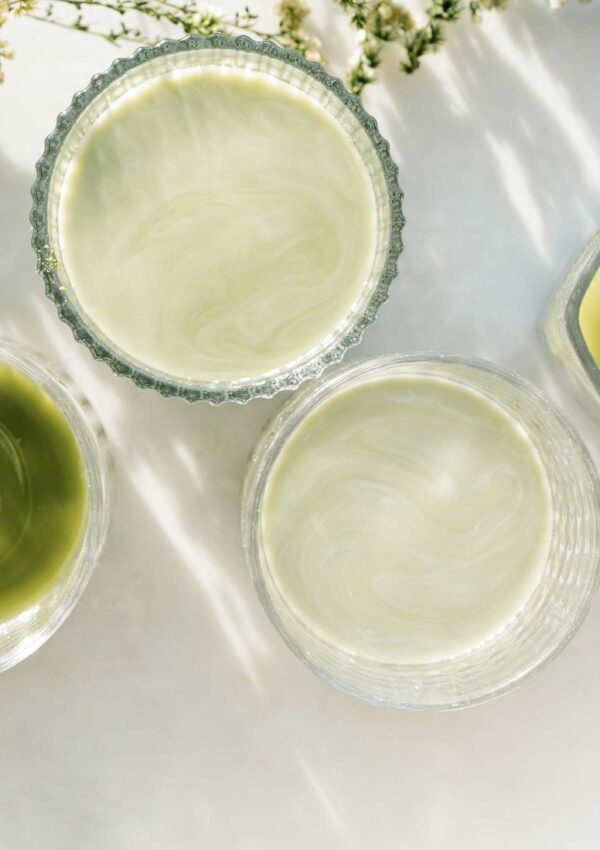

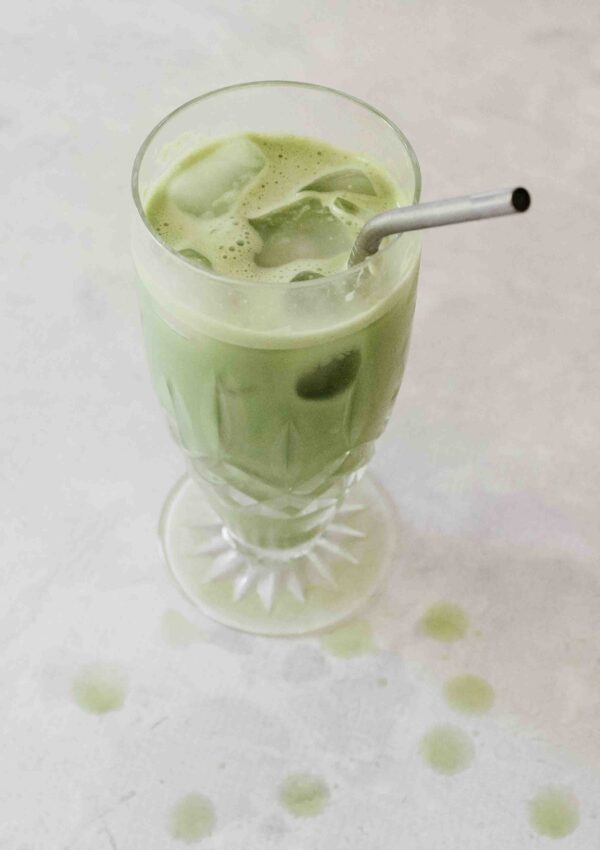

Leave a Reply